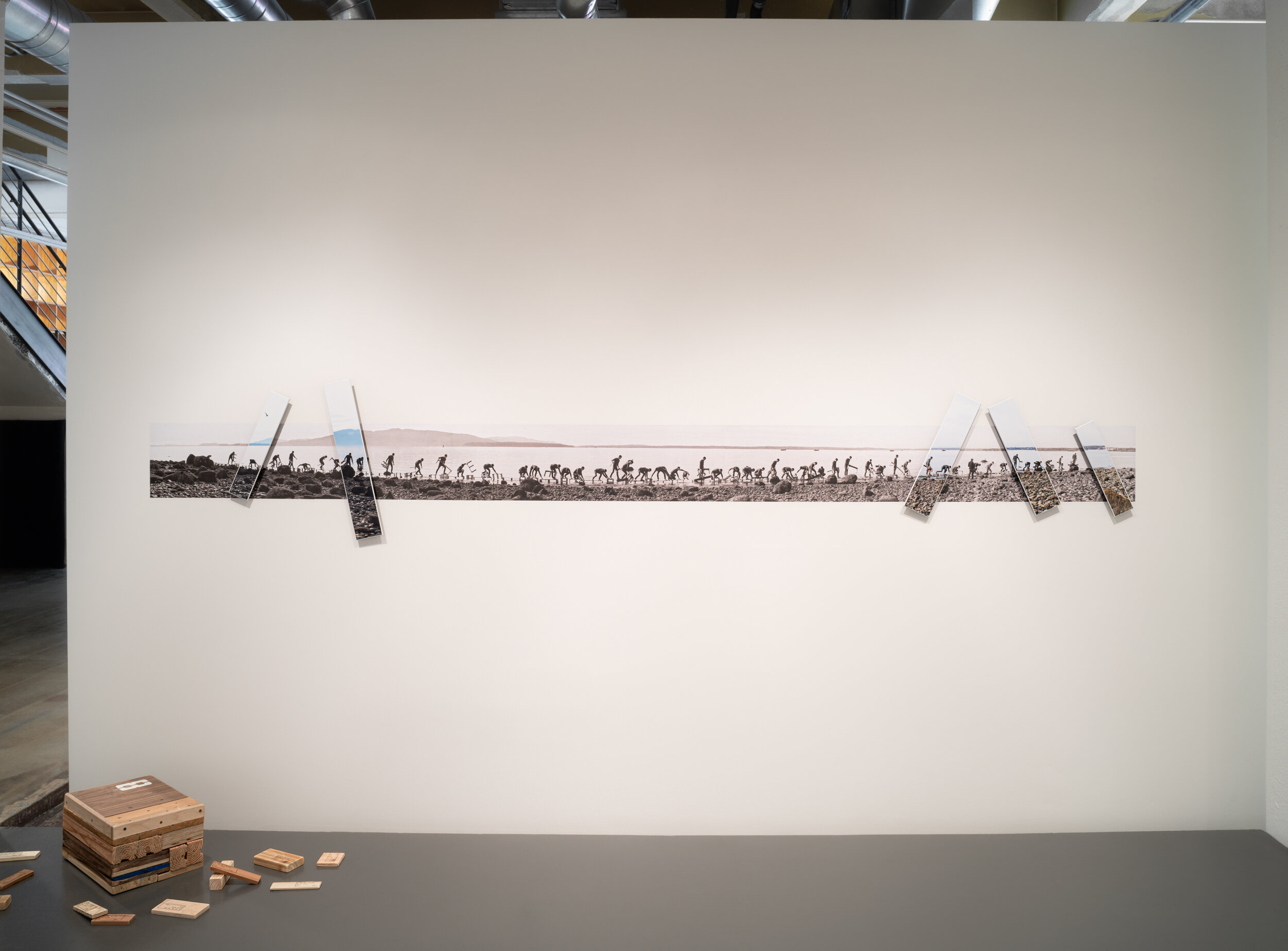A to B
and so here we all are, well, some of us at least. a few of us.
and, later, most of us will be somewhere else,
even the people that aren’t here,
and most of those places,
where we are at,
will be different.
but all of us, will have gotten there,
somehow.
And don’t you ever ask yourself, “How the f*ck did I get here?” Sometimes I wonder about other people and I often think, “How the f*ck did they get there?” Some of those people have homes and some don’t, and some are white and some are not, and some have disabilities and some don’t, and some are gay and some aren’t - Basically it seems theres all kinds of different people that end up here somehow. And so these gestures are for them, who at every moment are constructing a toolset and procedure, a supporting system for moving forward the best they can or the best they know how to. Just trying to get there you know? And sometimes its f*cking tough! Sometimes the tools they get stuck with are wonky as f*ck, and its a messy, hard business for them just trying to get from here to there. And so these gestures are especially for you, who manage and stay strong, who come up with creative solutions for surviving and being happy. I promise to try harder, when I pass you on the street, to remember that it might be taking a lot of hard work for you to get where you’re going, and be glad that you’re with me here during such a ridiculous and absurd process.
#1:
#2:
#3:
#4:
#5:
A to B One Thru Five at Dakota Gallery
Bellingham, WA

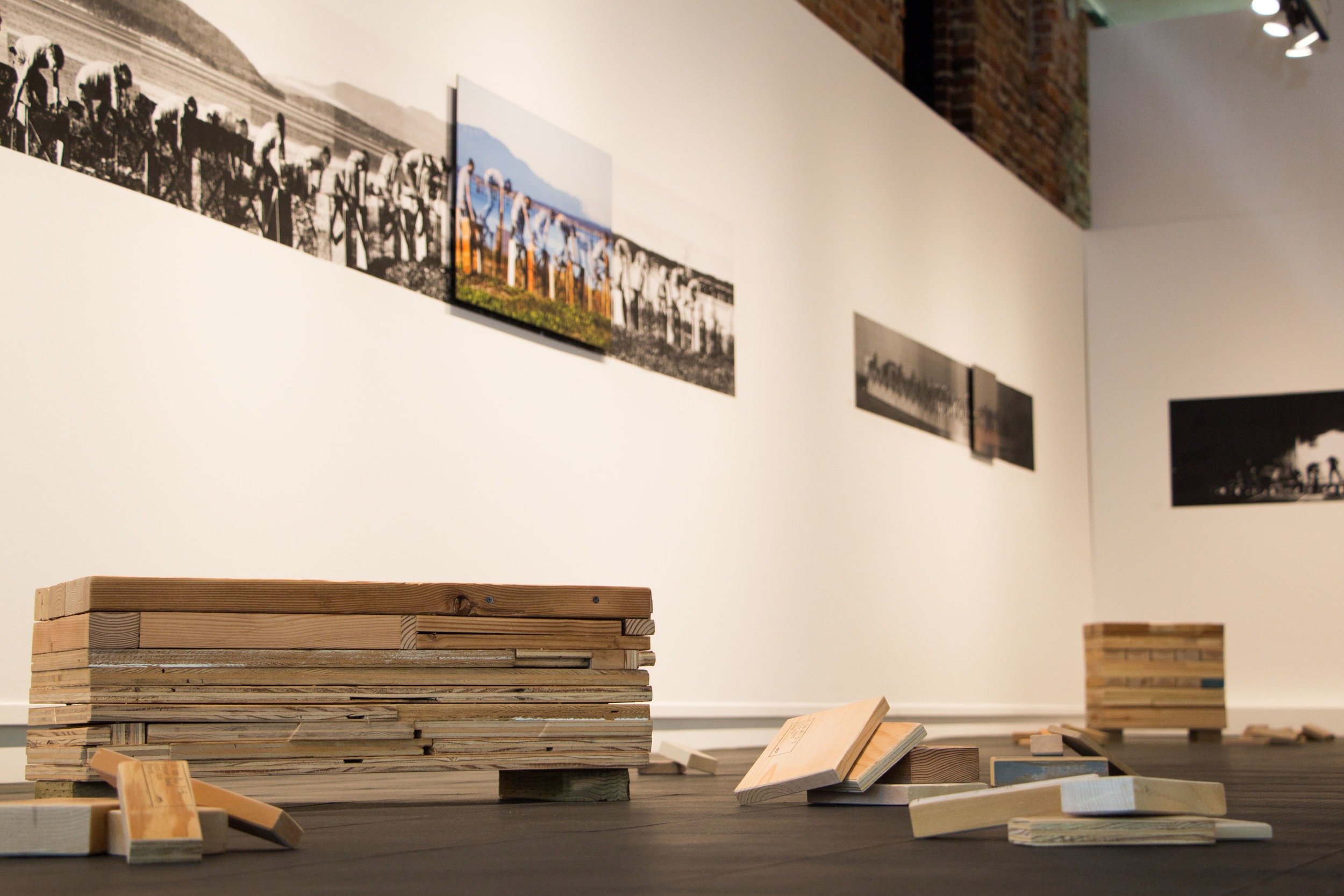
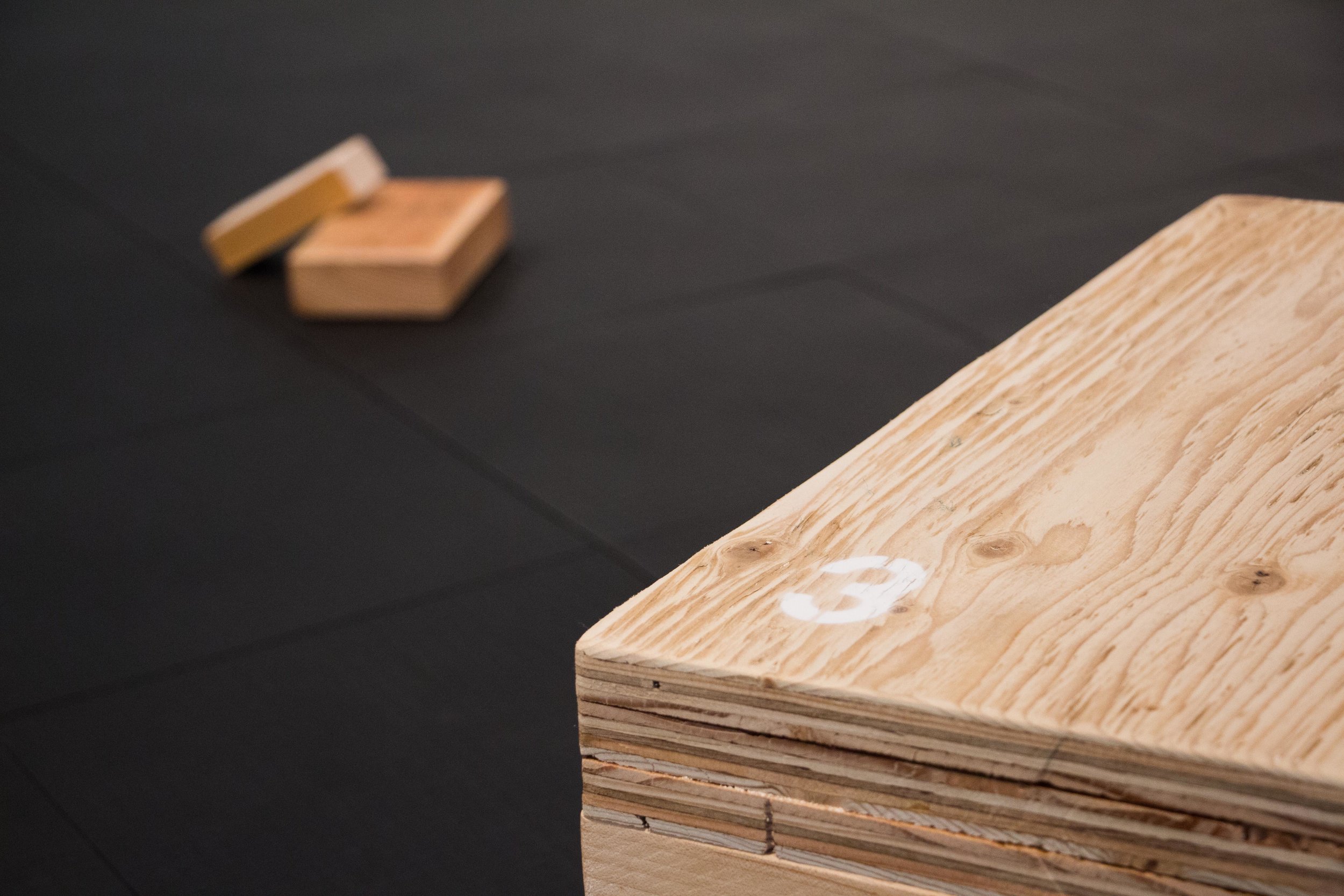
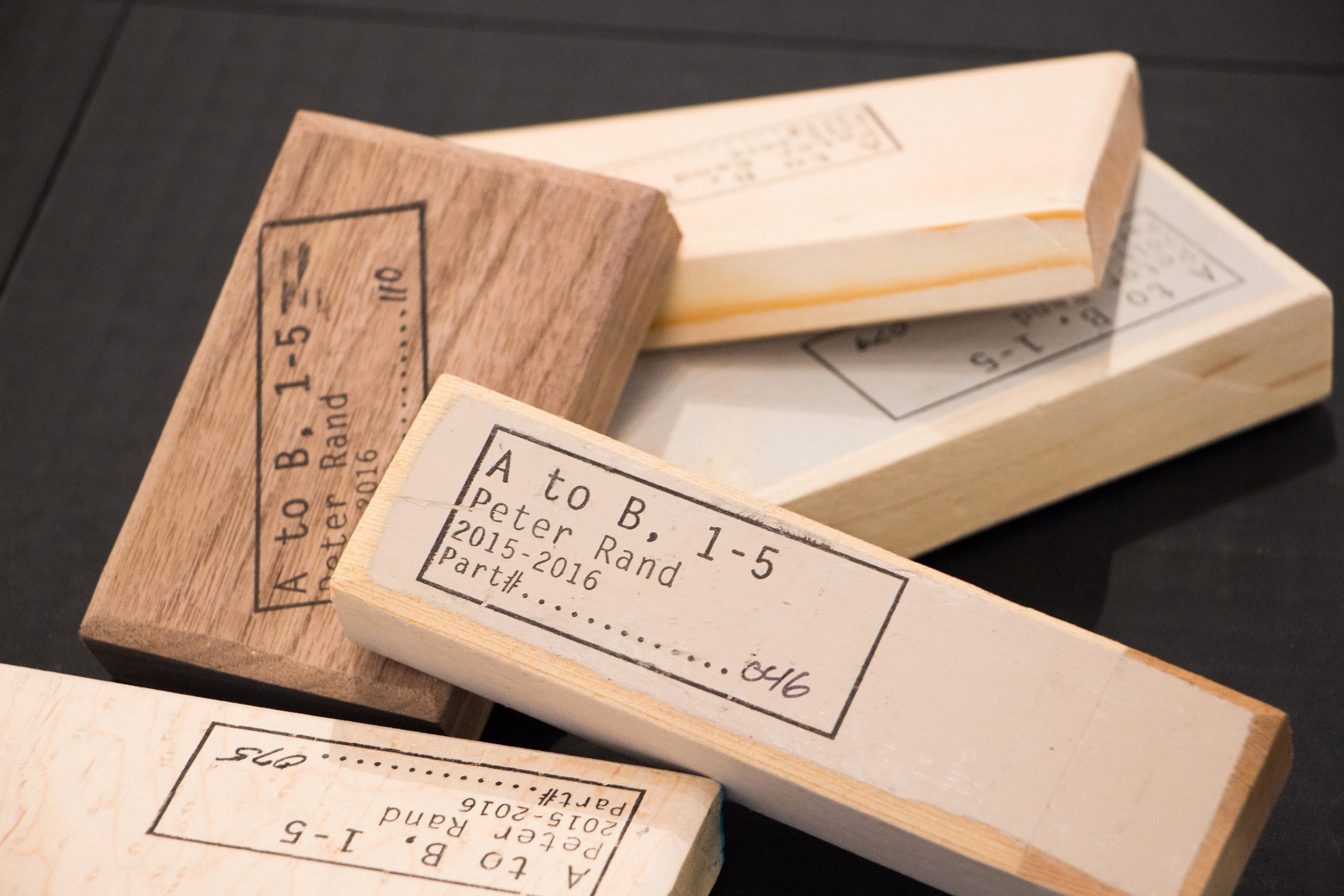
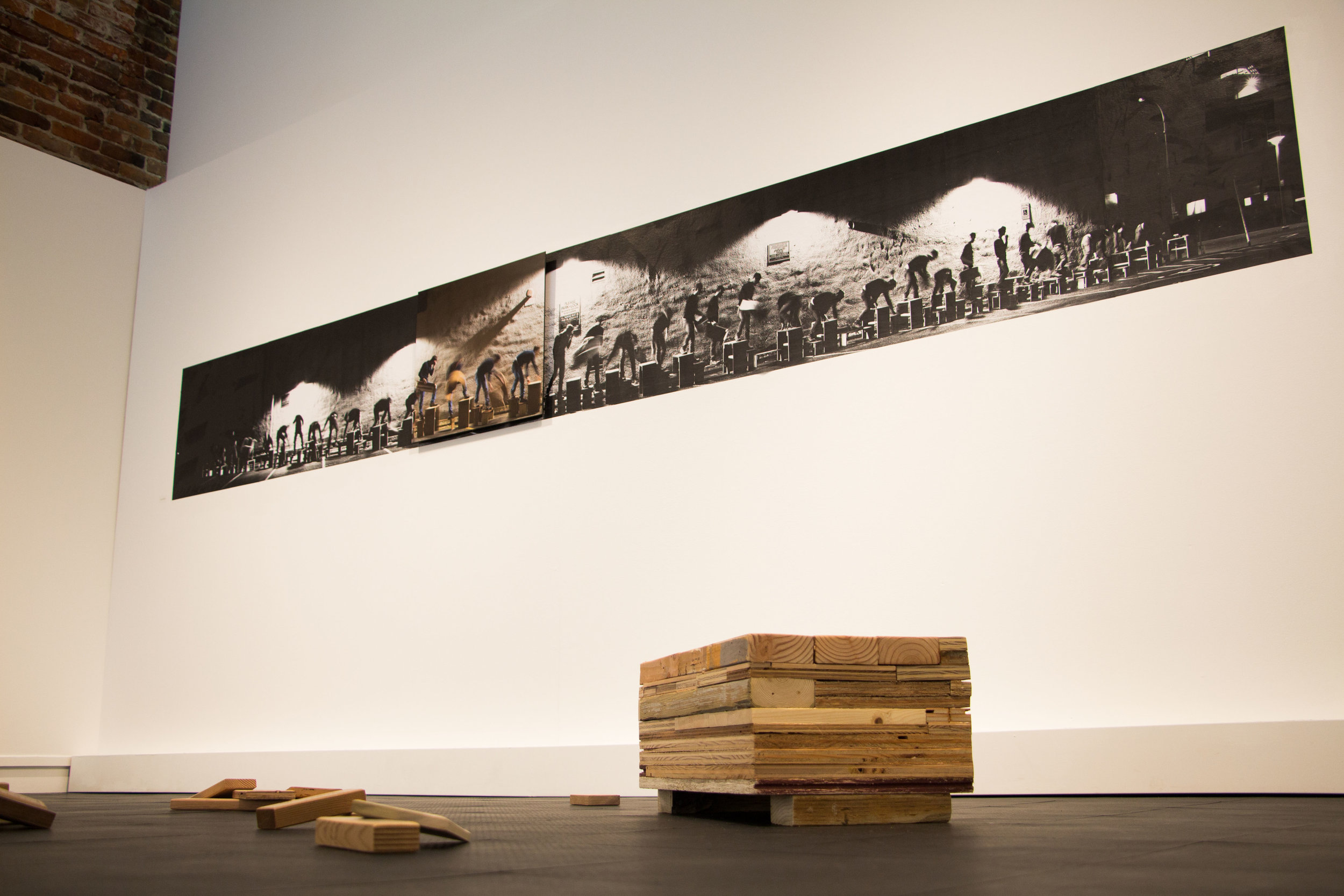

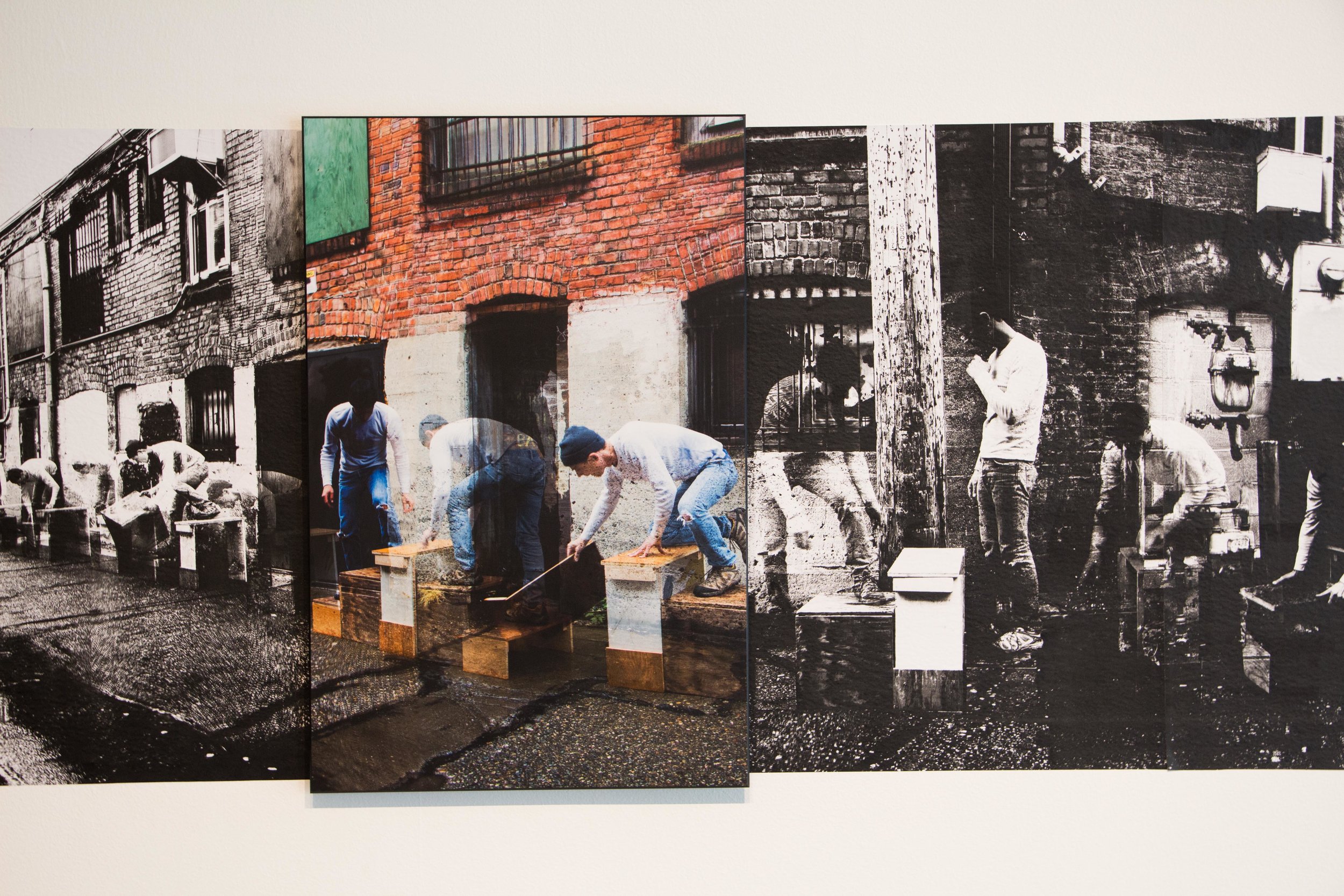

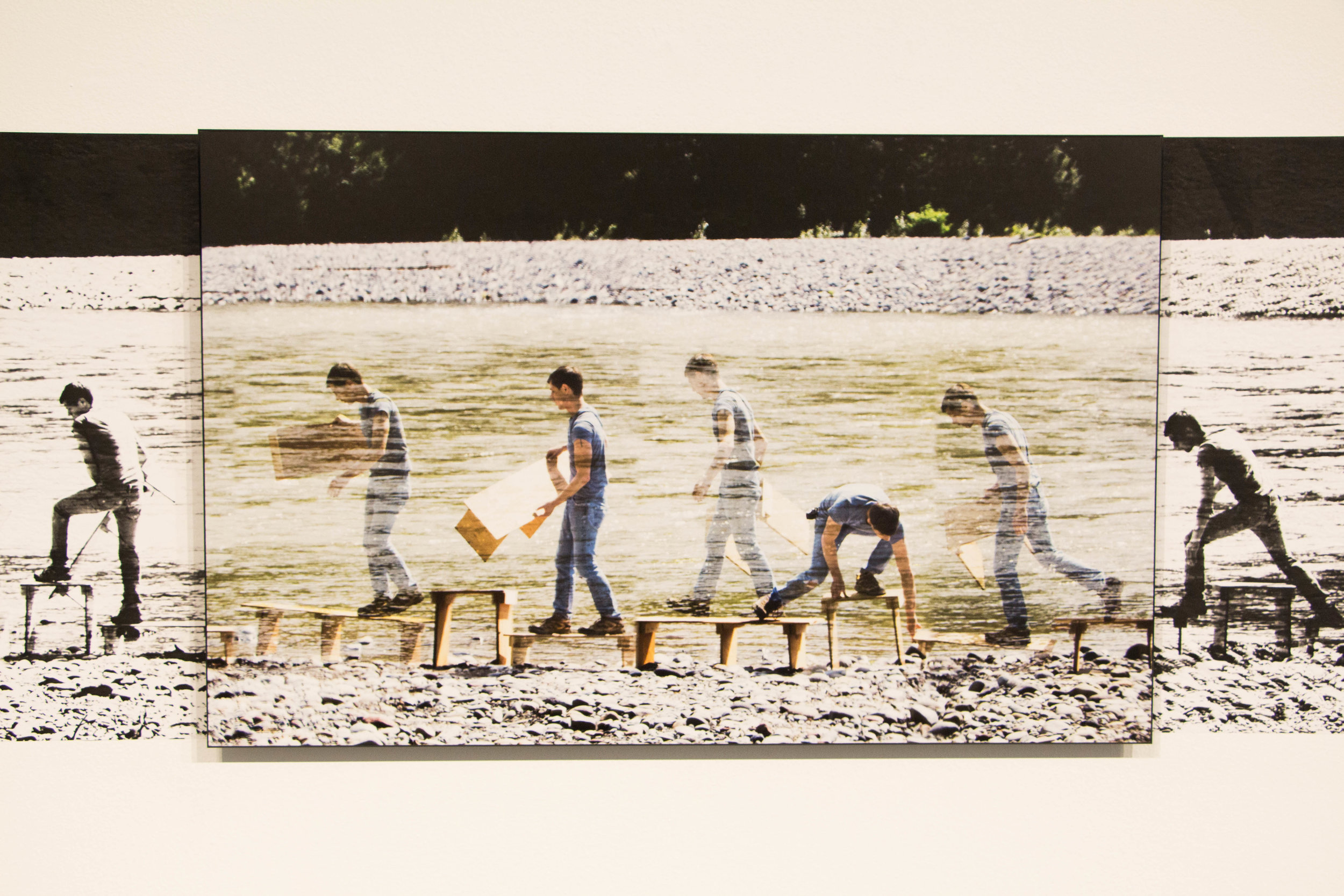
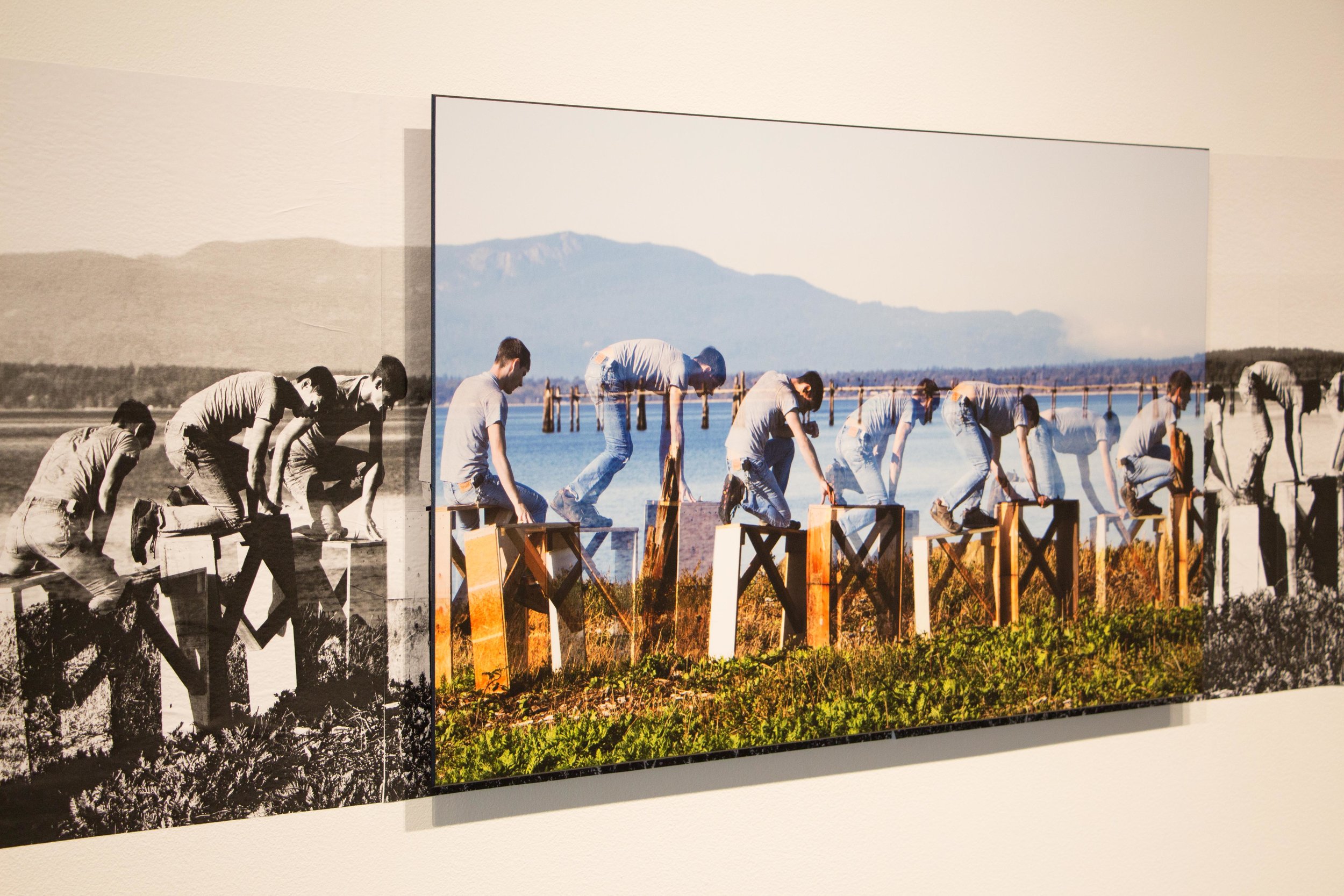
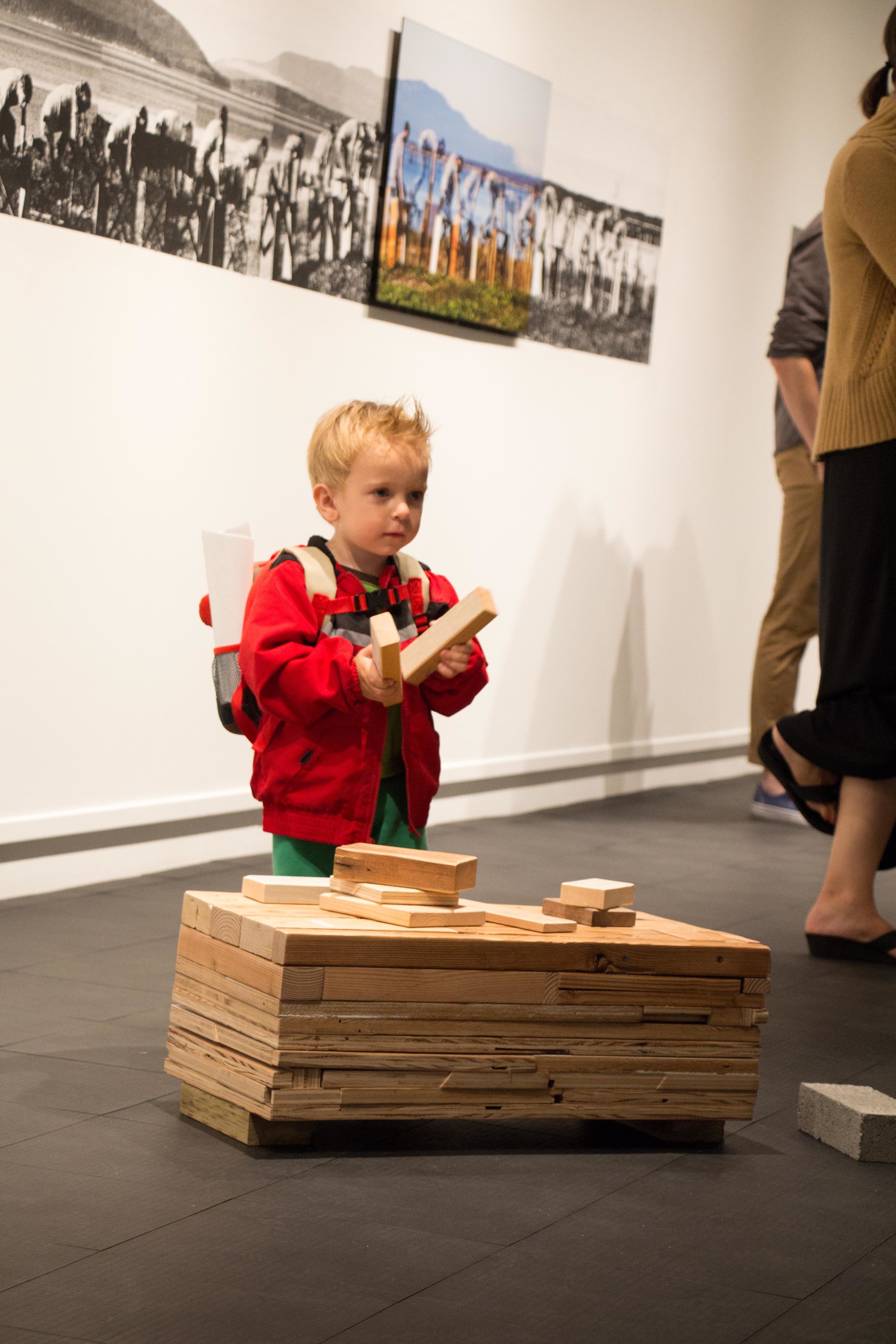
Studys from Hamtramck, MI
Cycle - Building a fence in increments of 5 posts.
Intersections - Colliding paths, intersecting trajectories
Preoccupation - shifting staircase across two platforms, dismount.
Shores. Ocean Shores, WA
NYOO at SOIL Gallery
Seattle, WA
A to B Six Thru 10 at Gallery 4CULTURE
Seattle, WA
STATEMENT:
In A to B, Peter Rand constructs “toolsets” for the purpose of moving forward. The process of shifting and reassembling these crude sculptures becomes a study in getting from here to there.
Its clunky and messy getting from one place to another sometimes. Our journeys are unequal -enculturated tools and processes we get stuck with often dictate how we are able to navigate our communities and for most of us, it can be hard and unfair. Rand’s A to B series began as a meditation on the incredible resilience of people as they push forward, building and creating their lives at every moment in the face of the tragic and the absurd.
But we don’t do it alone do we? We progress within a space of intersecting and colliding trajectories, collecting notions of self and other, assembling identity and purpose by noticing how we are reflected in those we encounter. We hope they are willing to accept us and, as a result, we notice how important it is that we are willing to accept them too. That’s hard to admit sometimes - that we need each other. And so whereas A to B: 1-5 was hyper-focused on the individual, A to B: 6-10 recognizes that, for better or worse, our journeys aren’t solitary, even though it might feel like it at times.
Rand states, “Each of my five new works are composed of photographs taken by people with whom I’ve had shared experience. The stories of our relationships (made available in print and audio description) intersect and revolve around one of the most formative periods of my life. I am there in the images because they were willing to help - to bear witness to my process.
Like A to B: 1-5, these photos are accompanied by a solid, numbered block that comprises nearly all of the solid material used in each respective work, save the small scraps they’re surrounded by - bits of residue from our time together that you can pick up and keep if you like.”














